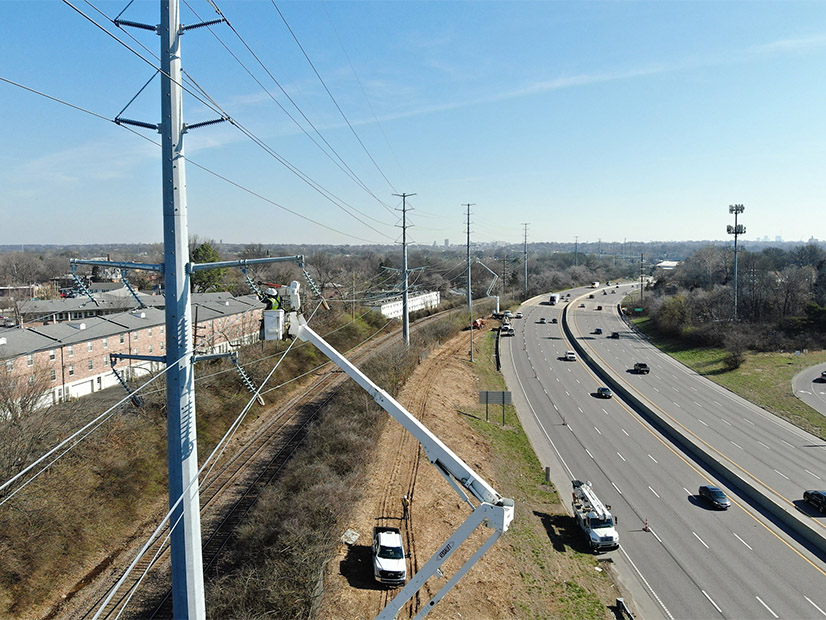MISO’s exploratory study on alleviating near-term transmission congestion has led the RTO to consider adding near-term economic benefits to its existing long-term economic planning.
Speaking at a Sept. 27 Planning Subcommittee, economic planning engineer Sean Rogers said that, as a result of this year’s inaugural near-term congestion study, MISO “will continue to explore how to adapt economic models and processes to identify near-term issues and solutions.”
MISO’s economic planning models are geared toward long-term horizons, not short-term congestion relief and economic benefits.
Rogers called the study a “starting point” for MISO to translate its long-term economic planning processes into a near-term model. He said over 2024, MISO will investigate how it can modify long-term planning models to “be more applicable for near-term use” and that the continuing evaluation will be part of the 2024 MISO Transmission Expansion Plan (MTEP 24).
Under this year’s purely informational study, MISO studied its top 10 most congested flowgates in its day-ahead market from 2021 to 2022. It assigned an unlimited kV rating on the flowgates in the study to pinpoint when hypothetical upgrades were beneficial over a five-year horizon based on adjusted production costs.
The study is for informational purposes only, so MISO isn’t recommending any transmission projects from its conclusions. However, planners said they may suggest projects after 2024’s study.
Stakeholders had requested that the grid operator come up with smaller, congestion-relieving projects like its interregional targeted market efficiency projects with PJM and SPP. (See MISO Adding Near-term Congestion Study to MTEP.)
MISO has said it first needs to better understand the nature of its near-term congestion before proposing a new project type and potential cost allocation. Some stakeholders have expressed disappointment that the study hasn’t resulted in a new class of projects.
Nevertheless, MISO found that if Duke Indiana’s Cayuga 345/230kV transformer were upgraded in west-central Indiana, it could save $2 million annually in adjusted production costs. The facility racked up about $30 million in day-ahead congestion in 2022.
Southern Minnesota Municipal Power Agency’s Murphy Creek – Hayward 161-kV line could save a little more than $1 million per year with an upgrade, cutting into the $28 million in day-ahead congestion it accumulated in 2022.
All other hypothetical upgrades on MISO’s top 10 most congested flowgates saved less than $500,000 annually. Two showed negative benefits because of impacts on nearby facilities.
MISO found a contradictory, $5 million in additional annual costs when it studied an upgrade to Ameren Illinois’ Marblehead North 161/138-kV transformer. MISO said it will continue to examine the reasons behind the economic harms. The Marblehead flowgate accumulated more than $102 million in day-ahead congestion costs over 2022.
Some flowgate congestion cases were found to be linked to temporary outages. Congestion on Great River Energy’s Johnson Junction – Graceville 115-kV line in Minnesota — which surpassed $71 million in congestion costs in 2022 — was “directly related to the planned construction outage on the Johnson Junction to Morris line” from Oct. 1, 2021, to Feb. 1, 2022. Two other congested flowgates were linked to Duke Energy Indiana’s Cayuga Unit 1 outage.




